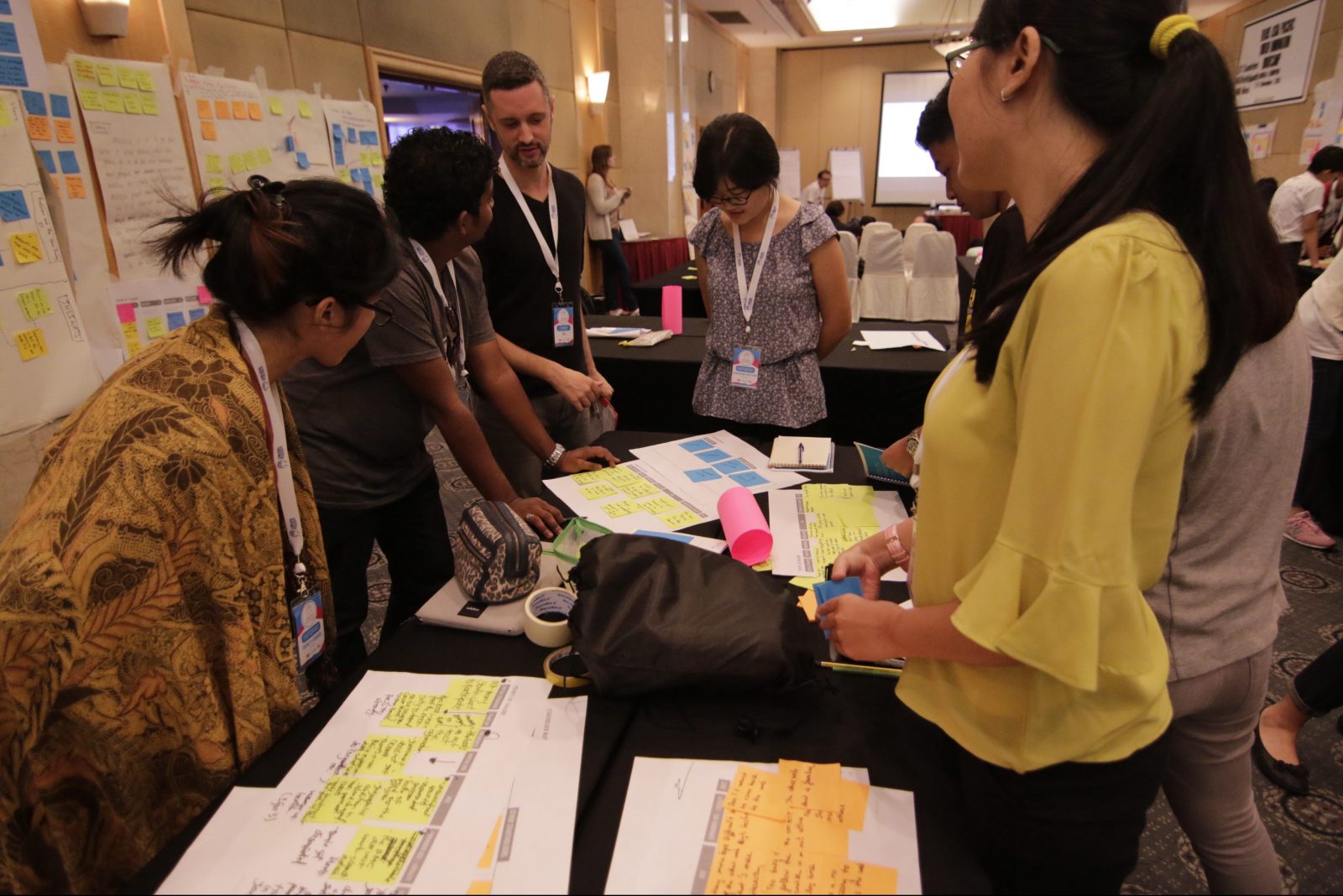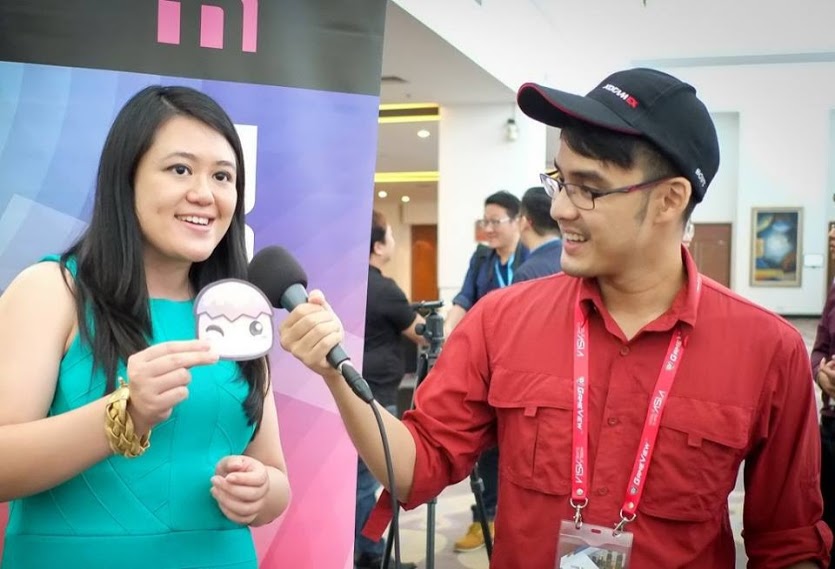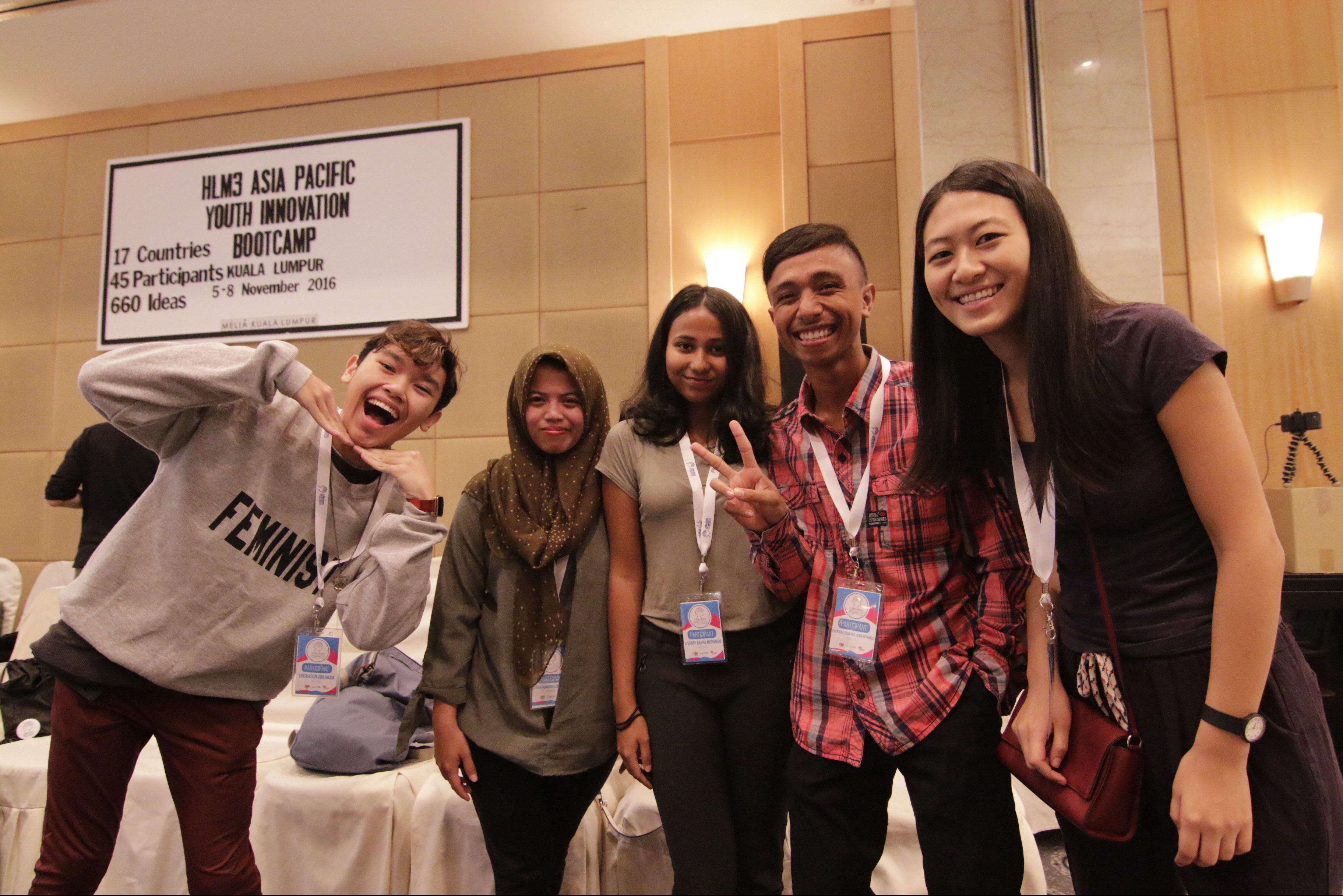Trying to solve a social issue might sound daunting, but it’s easier with the help of design thinking, said Tandemic CEO Kal Joffres.
When used in a social innovation context, design thinking helps people pinpoint issues and come up with accurate solutions – something that may be hit-and-miss otherwise.
Many organisations try to solve problems for people they are unfamiliar with, which could lead to failed projects, he said.
“They do things for people instead of with them,,” he said. “It is important for those who want to help to take the points of view of those affected.”
RELATED: ‘FRIENDABLE’ for bully-victims
To prove his point, he cited an example of a youth group who set up a school for undocumented children.
While they meant well, the resulting publicity raised the profile of these children, making them – and their community – more susceptible to arrest.
What he suggests instead is to experiment.
“Research doesn’t necessarily tell you the correct course of action,” he said. “Try developing quick ways to experiment and see if your plans are needed before proceeding.”
To help those who are trying to make a positive change, he explained four steps for effective design thinking, and how you can use it to help your community.
1 Discovery
By discovering and identifying underlying needs, it’s easier to find out what the people you’re trying to help really need from you, said Joffres.
“Solving explicit needs is just problem solving,” he said. “You need to go down to the root of the issue and fix that.”
This can be done via interviews, or observing a certain community. Once you have enough information, you may proceed to the next step.
2 Synthesis
This step involves some data analysis skills because it starts off with finding patterns. Those patterns will give researchers insight into what the community wants, and will help them rethink their approach.
“Forget how people usually approach a problem,” he said. “Look at the issue in a different way, and look for hidden opportunities.”
3 Ideate
“Many people skip the first two steps and come straight to ideation,” said Joffres. “But in design thinking, we rethink the problem, and that plays a big role in reframing our plans.”
Once you’ve gone through the discovery and synthesis steps, you would have the data you need to come up with a “constellation” of ideas – a few different ideas that you can tie together to make one solution.
“It helps to try different ways of facing a problem, like making use of teachers to prevent cyberbullying,” he said.
4 Testing
In the testing stage, it’s important to have a tangible product that people can give feedback on.
It could be anything from changing the way people circulate in an office or, like in the case of HLM3 Youth Innovation Challenge finalist Bonita Sharma, a prototype of the Nutribeads she plans to use in her fight against child malnutrition.
“Once your plans are ready, your tests should be quick and effective experiments,” said Joffres. “After enough testing and subsequent fine-tuning, you’ll be ready to implement your product.”





Tell us what you think!